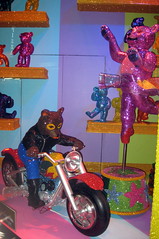A Small History to Tarot Cards and Translating Tarot Cards
The chronicles of the Tarot is something that is concealed by time. There are some references and academics that conjoin the dawning of the Tarot with that of older Egypt, while additional analysts and analysts signify that the Tarot shares descent with aged gypsy cultures. Still, there are additional investigators that earmark an Italian birth to the Tarot cards, and it is accredited that the Tarot Cards became a mechanism of divination right around the 1400s. Since that time, 100’s of variant decks have emerged and are currently in use. One of the larger well known decks being the Rider-Waite deck.
A deck of tarot cards, as they are used today, contains 78 cards, all of which contain disparate, meaningful symbols which may be interpreted in a number of ways. The deck contains a total of four suits, and the names of the suits may alter depending upon the tarot deck one is using. Regularly times, the suits are referred to as wands, cups, swords, and coins, which make up what is known as the Minor Arcana. Meanwhile, the Major Arcana consists of twenty two cards, all of which are used to signify major events or humans in a understanding.
Every card has a diverse meaning, depending upon what the card’s suit is, and if it is part of the Minor or Major Arcana. All of the Tarot cards are numbered, so each card serves a reader with a specific numerological value which may be interpreted meanwhile divination practices. Furthermore, the meanings of the cards evolve depending upon where the cards appear in a understanding, as well as what kind of card layout is used. The cards are read both singularly and together to get a complete translating. The greater accepted layouts are the three card spread and the Celtic
